Thessaloniki Private Classic Sightseeing Tour with Car, Driver and English Speaking Licensed Guide
From: €520.00
Thessaloniki Private Classic Sightseeing Tour with Car, Driver and English Speaking Licensed Guide
Experience hot spots of Thessaloniki on this classic sightseeing tour with Car + Driver + English Speaking Licensed Guide.
From 520€
With Car: Up to 2 persons: 520€ (2 Guests + 1 Driver + Licensed Guide )
With Minivan: Up to 6 persons: 720€ (6 Guests + 1 Driver + Licensed Guide)
With Minibus: Up to 15 persons: 920€ (15 Guests + 1 Driver + Licensed Guide)
*ENGLISH SPEAKING LICENSED GUIDE INCLUDED
Start time: 09:00 or 10:00
End time: 12:00 or 13:00
Duration: 3 hours (approx.)
Pick Up and Drop Off from your hotel / apartment / villa

Description
Thessaloniki Private Classic Sightseeing Tour with Car, Driver and English Speaking Licensed Guide
Experience hot spots of Thessaloniki on this classic sightseeing tour with Car + Driver + English Speaking Licensed Guide.
Get picked up at your hotel and drive to the White Tower, the main landmark of the city. From here, your driver will take you to the Hagia Sofia and Hagios Dimitrios, the Byzantine church and its crypt. Climb up the hill to see the Byzantine castles. After descending the City walls, also known as the Acropolis, you will pass the Galerius Arch (Kamara), the Aristotelous Square, the Port of Thessaloniki, before finally returning to your hotel. Depending on your personal preference our local guide can also adjust a personal program just for you.
Indicative Itinerary…
- White Tower
The emblem of Thessaloniki - Alexander The Great Statue
The biggest statue in Greece
- “The Umbrellas of Zogolopoulos”
“The Umbrellas” was made by Greek sculptor Giorgios Zongolopoulos in 1997 when Thessaloniki was the European Capital of Culture
- The Byzantine Castle (also known as Eptapirgio or Acropolis)
- Trigoniou Tower, Byzantine Walls (Thessaloniki city View Point)
- Moni Vlatadon (Monastery of Vlatadon)
- Agios Dimitrios (Saint Dimitrios, the Byzantine church and its crypt)
Since 1988, it has been on the UNESCO World Heritage List as a part of the site Paleochristian and Byzantine monuments of Thessaloniki
- Galerius Arch (Kamara)
It is one of the 15 Paleochristian and Byzantine Monuments of Thessaloniki that were included in the UNESCO World Heritage List in 1988
- Rotonda
Built around 306 AD, during the rule of the Roman Emperor Galerius, the Rotonda (or Rotunda) is one of the most important Roman monuments of Thessaloniki & known for its mosaics - Church of Agia Sofia (Saint Sofia)
The cathedral and pilgrimage church of Hagia Sophia (The Wisdom of God) is at the historical centre of Thessaloniki, at the square with the same name. Dedicated to Wisdom and the Word of God. Together with the churches of Agios Dimitrios and Acheiropoietos, among the most important Early Christian monuments of Greece and of the Orthodox world in general
- Aristotelous Square
The famous Aristotelous Square, a 20th century square designed by Ernest Hébrard in an eclectic style which combines elements from Byzantine and Western architecture. This waterfront square is one of the most famous places in Greece, and forms an important part of life in Thessaloniki with some of the city’s most beautiful buildings and sights
- Ancient Roman Forum
The Roman Forum of Thessaloniki is the ancient Roman-era forum of the city, located at the upper side of Aristotelous Square
- Central Markets (Modiano & Kapani)
Perhaps one of the most authentic experiences any food lover could get in Thessaloniki is visiting the city’s historic open markets. The atmosphere, the people and the local delicacies will reward you! The open air Kapani Market is the oldest market place in Thessaloniki. Located at the heart of the city center, the market hosts a whole array of shops, from fish and meat to vegetables, fruits, drinks, olives, sweets, nuts, spices, outdoor shops selling lingerie, flowers, clothes and shoes; and restaurants. The lively tradidional Kapani Market is the most crowded marketplace of the city and offers visitors an incredibly unique experience.
- Port of Thessaloniki
Let’s explore the City together!
The program of the tour can be adjusted always according to the requirements of the passengers.
Thessaloniki Sightseeing Private Tour with Car, Driver and English Speaking Licensed Guide
Meeting point
Your Hotel / Villa / Apartment / Airport
Included
- Pick up and drop off service from your hotel in Thessaloniki
- Transportation by air-conditioned luxury vehicles (Car, Minivan or Minibus)
- Professional English-speaking Driver
- English Speaking Licensed Guide
- Entrance fees
- Wifi on board (free)
- Bottle of water and coffee during the route (free)
- After the trip you will receive with email edited photos and a small video of your tour.
NOT Included
- Gratuities (optional)
- Licensed Guide who speaks your language
Useful info
- There are many beautiful sights. You are encouraged to bring a camera along. But if you don’t… we have a camera for you!
- Weather will not affect the operation of the tours.
- However if canceled due to unfavorable weather conditions, you will be given the option of an alternative date
- Pick up from your hotel in Thessaloniki
- Departure time: 09:00 am (approx.)
- Duration: 3 hours (approx.)
- Return details: Returns to original Pick up point
CANCELLATION POLICY (click to read our Cancellation Policy)
Thessaloniki
You must be logged in to post a review.

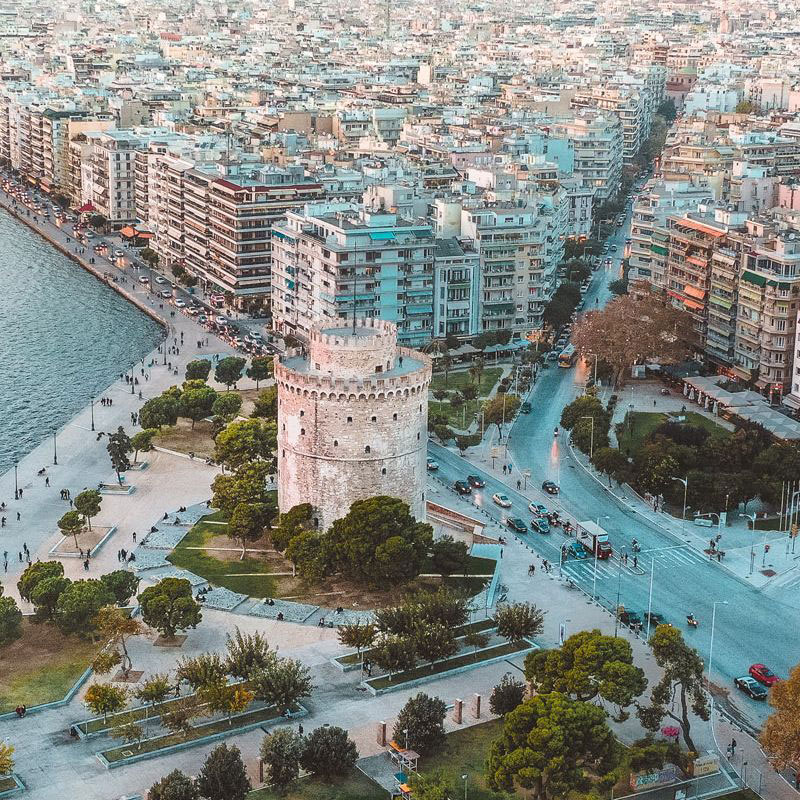
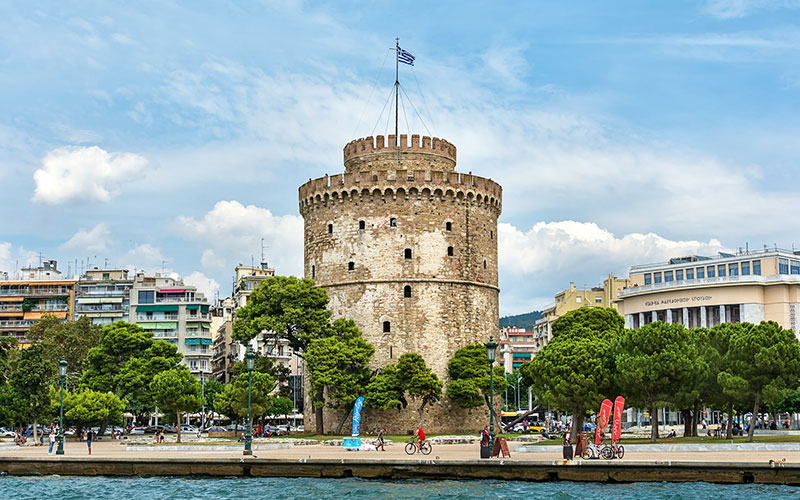
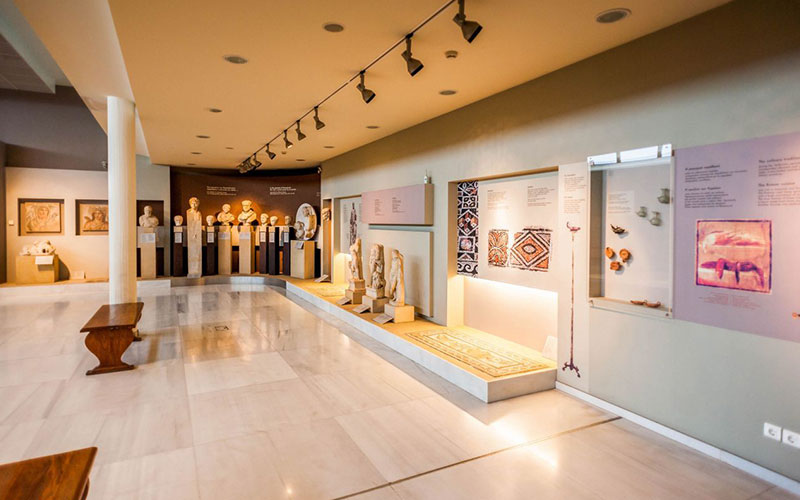
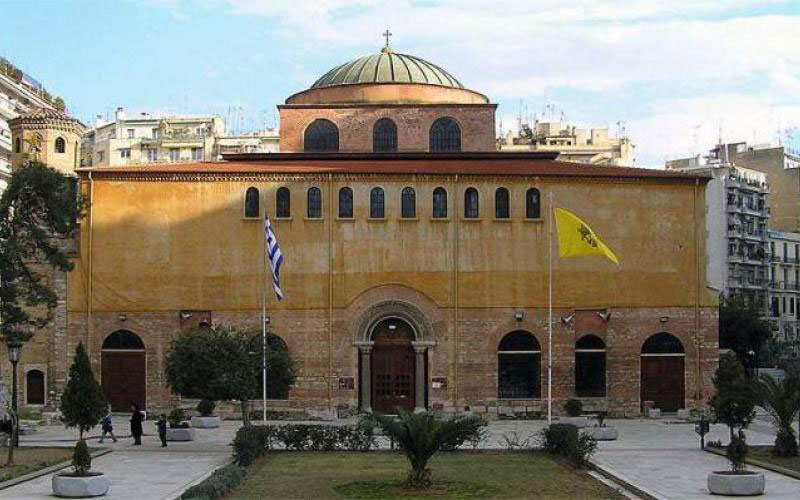
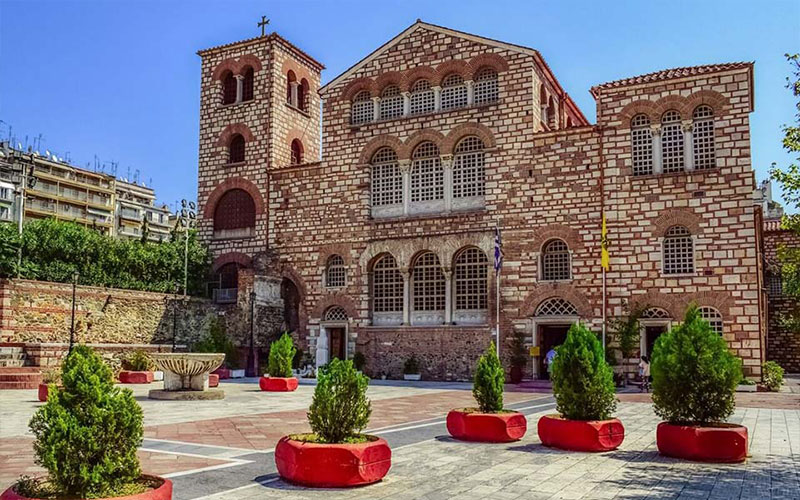
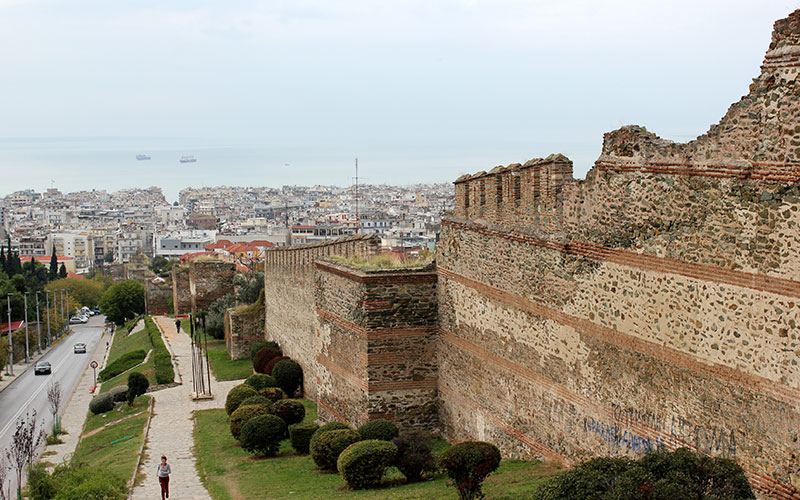
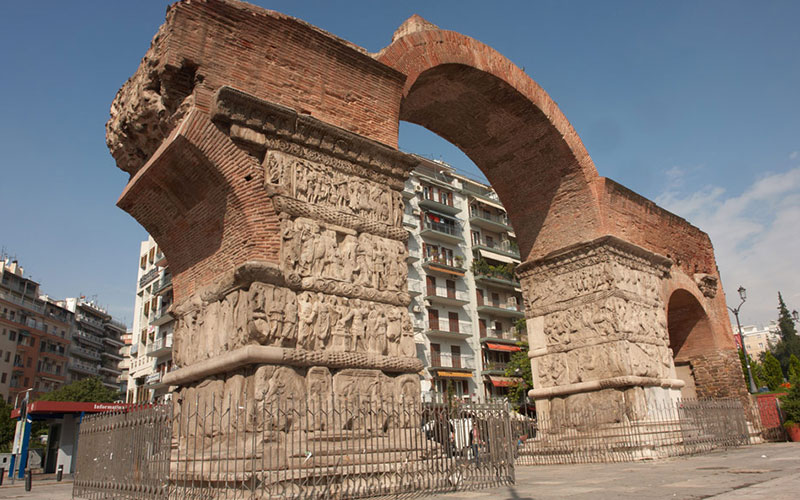
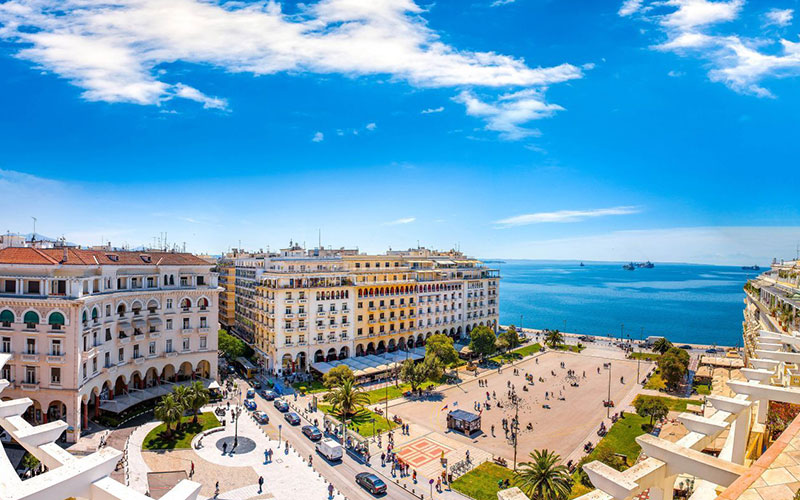

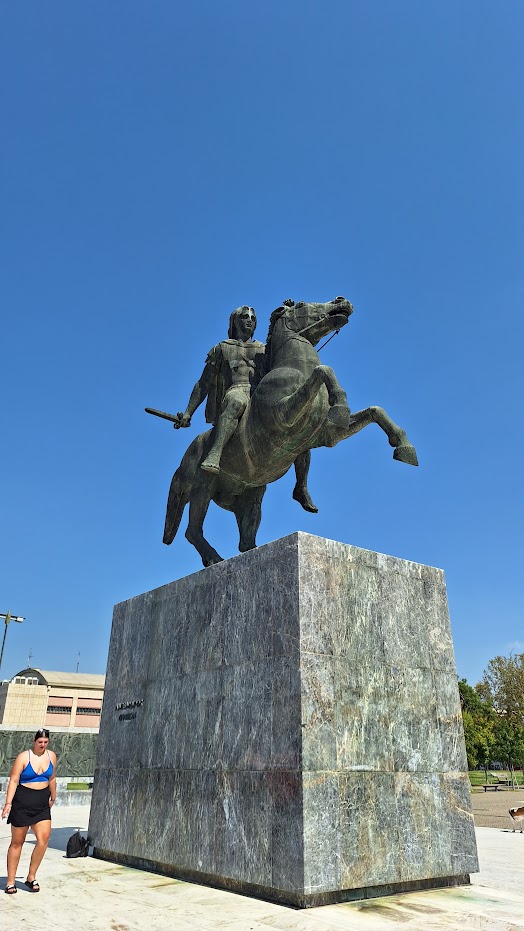
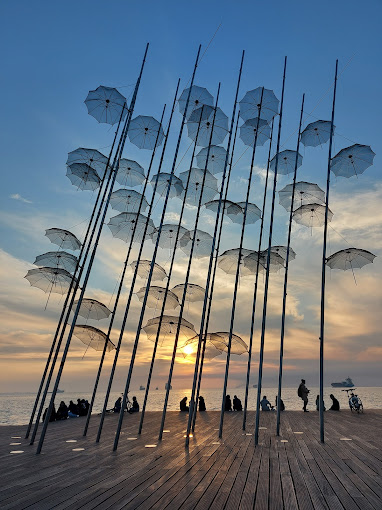
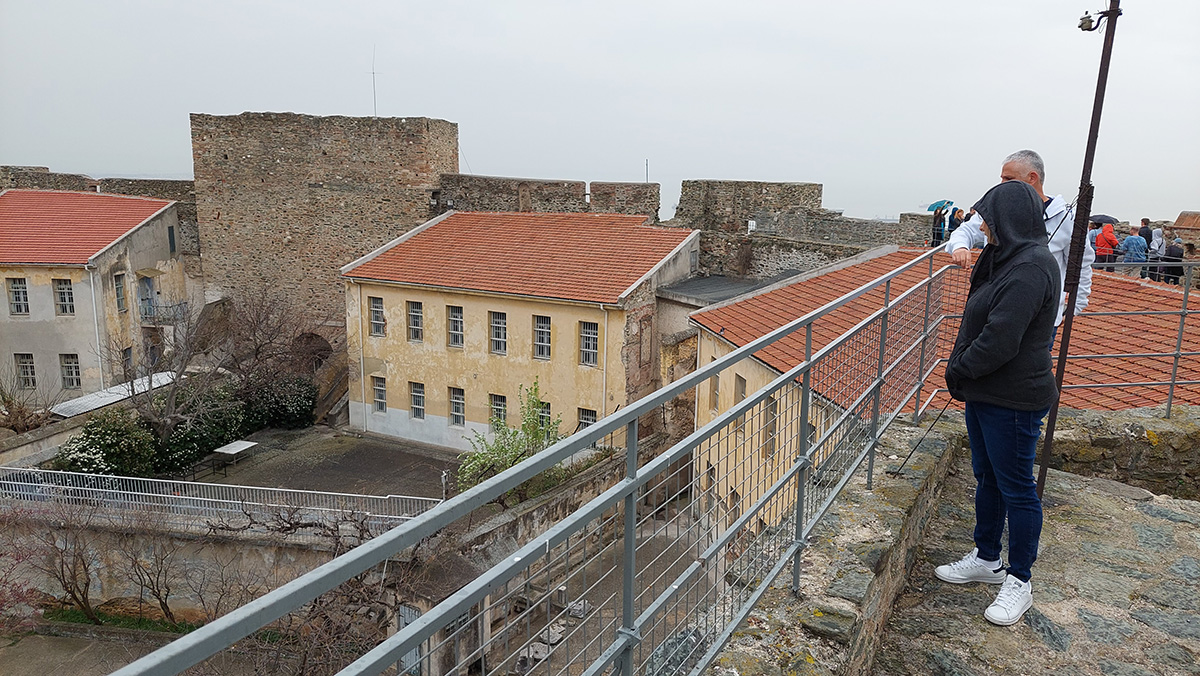
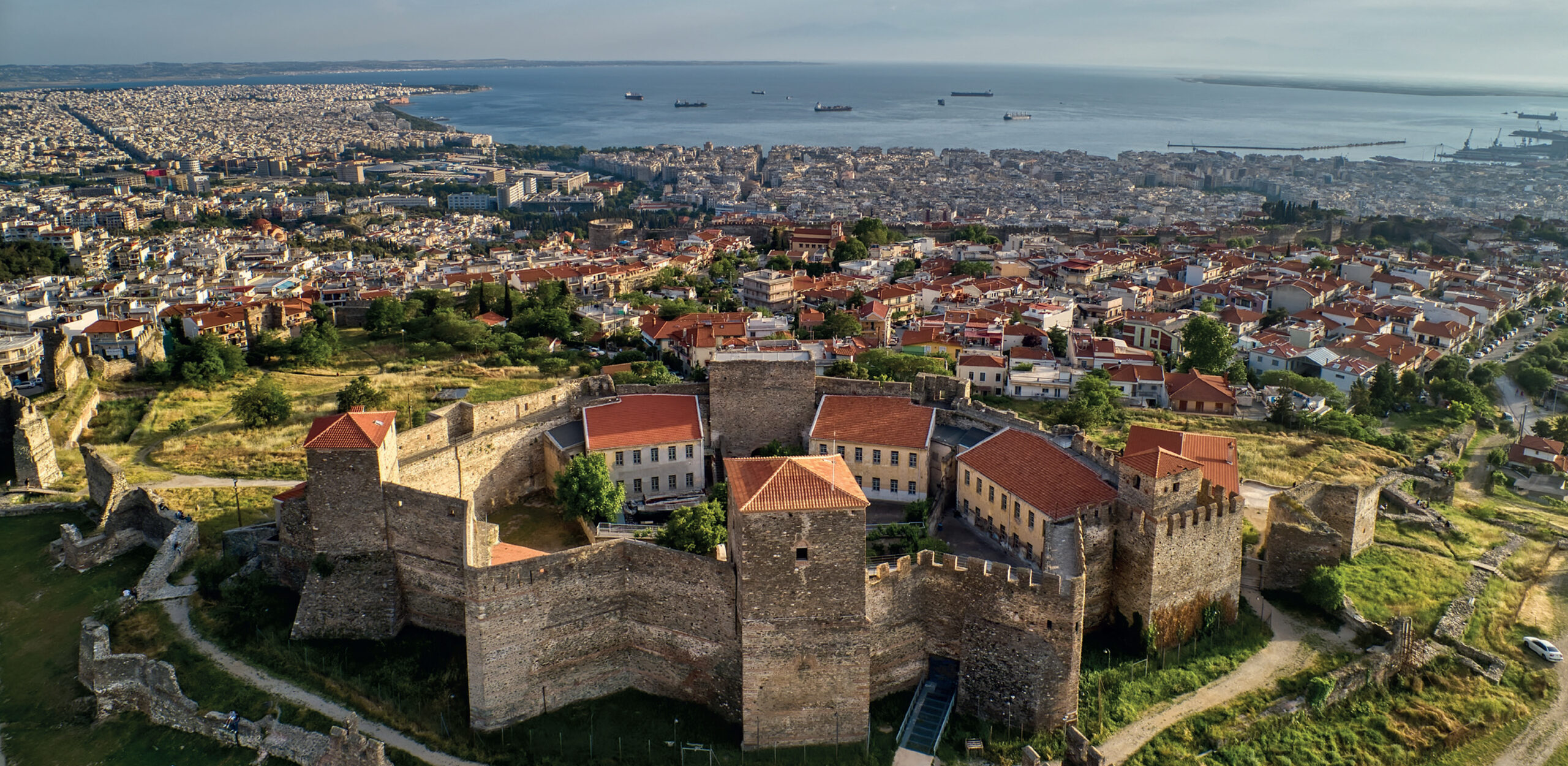
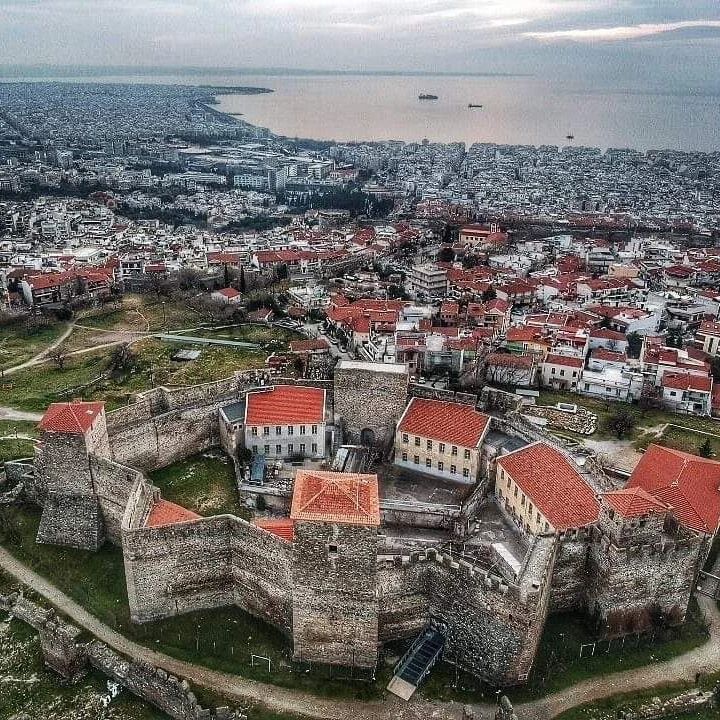
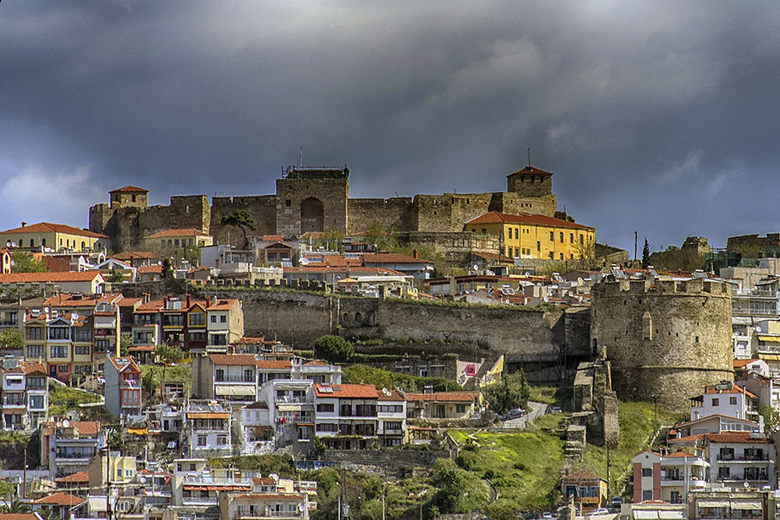
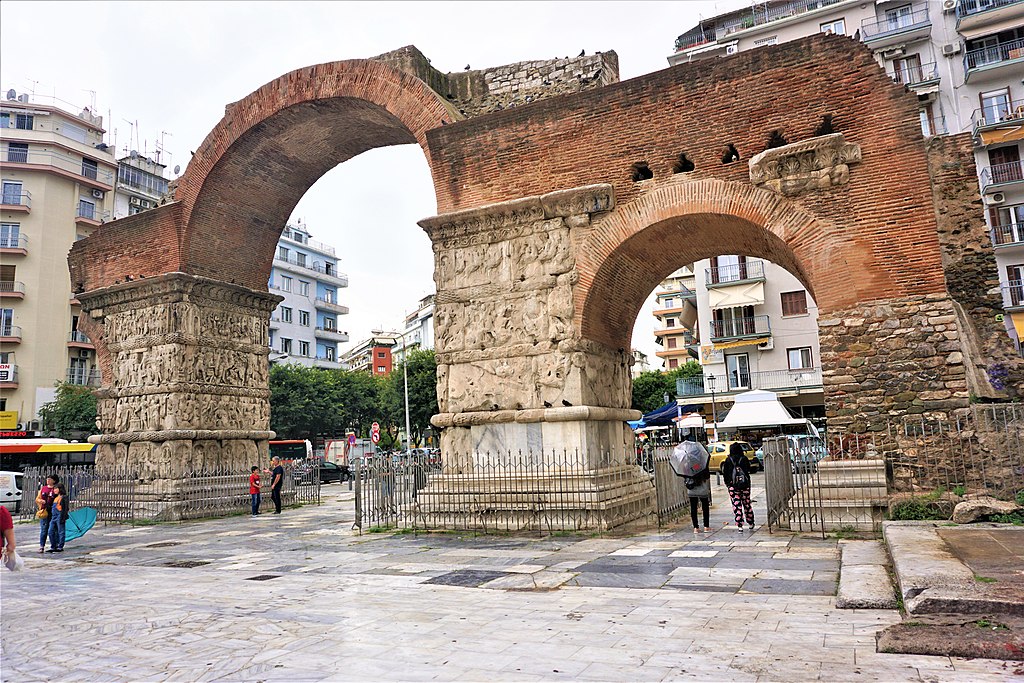
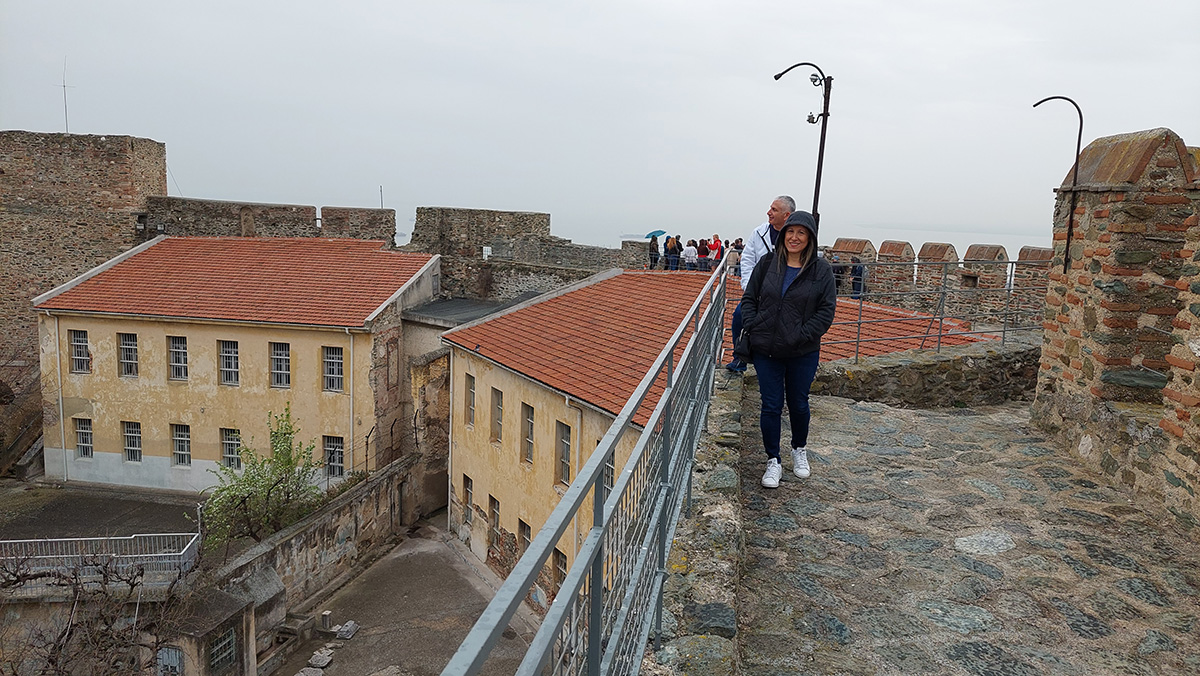
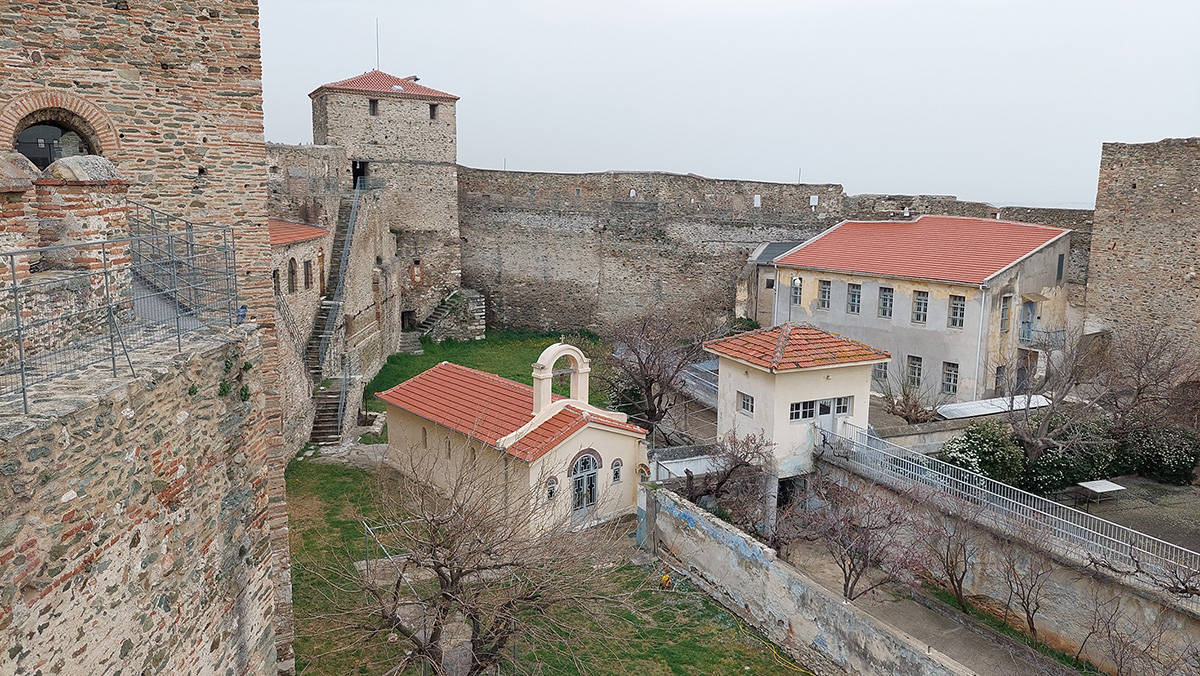
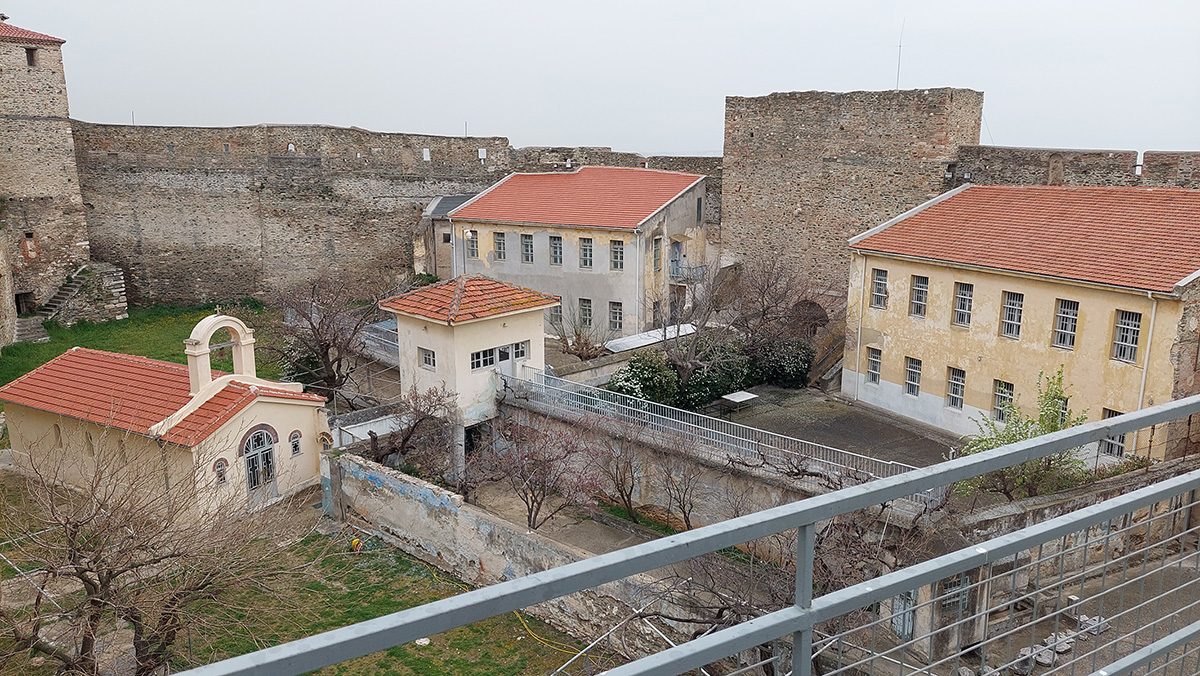
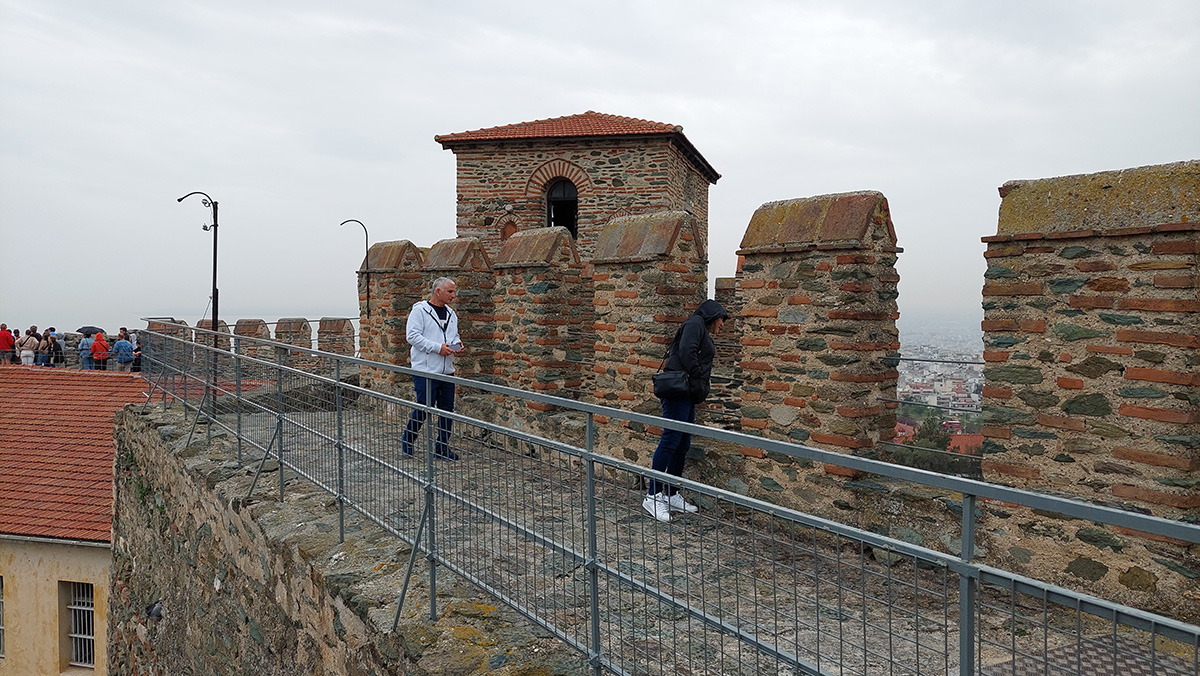
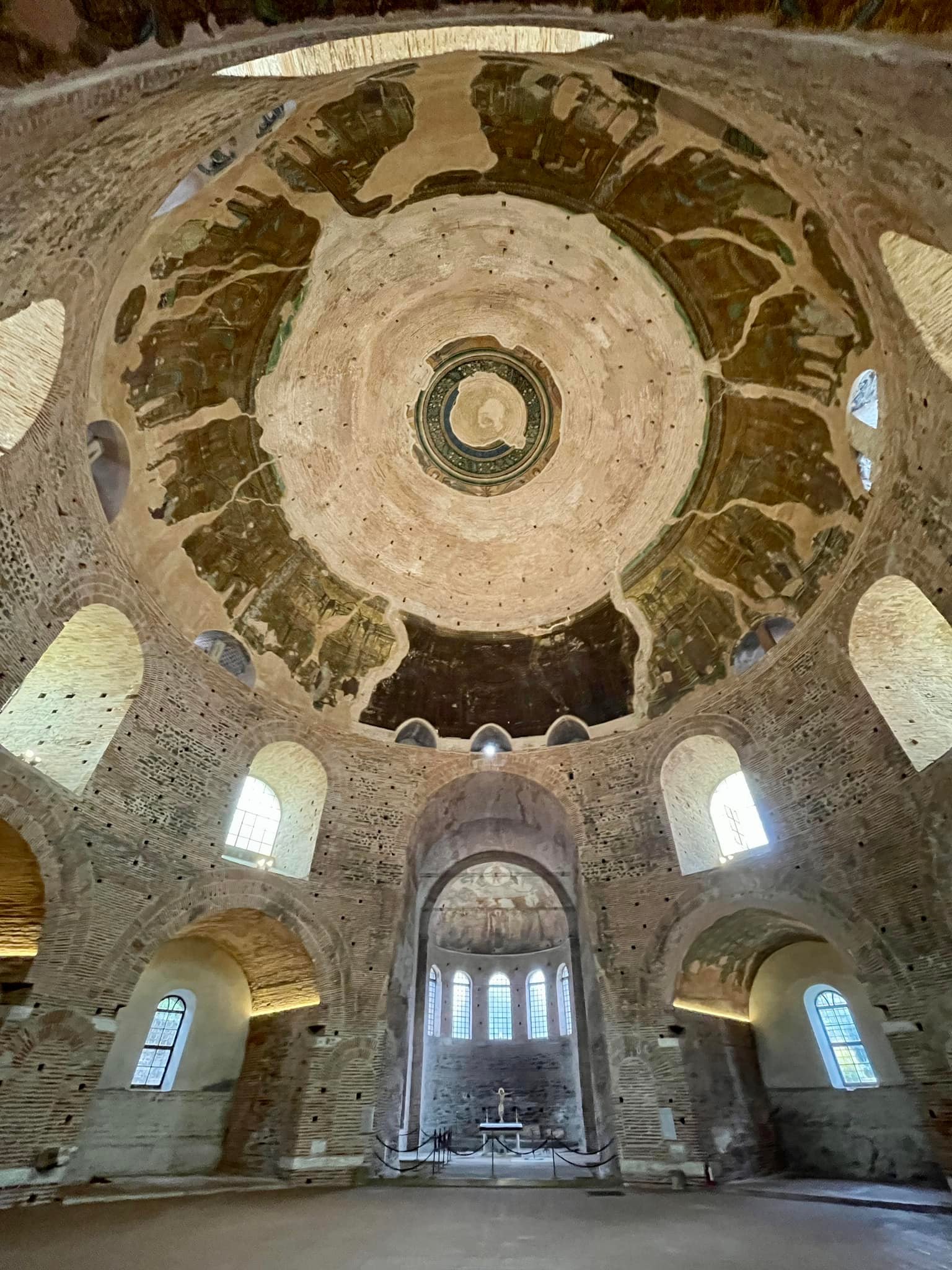
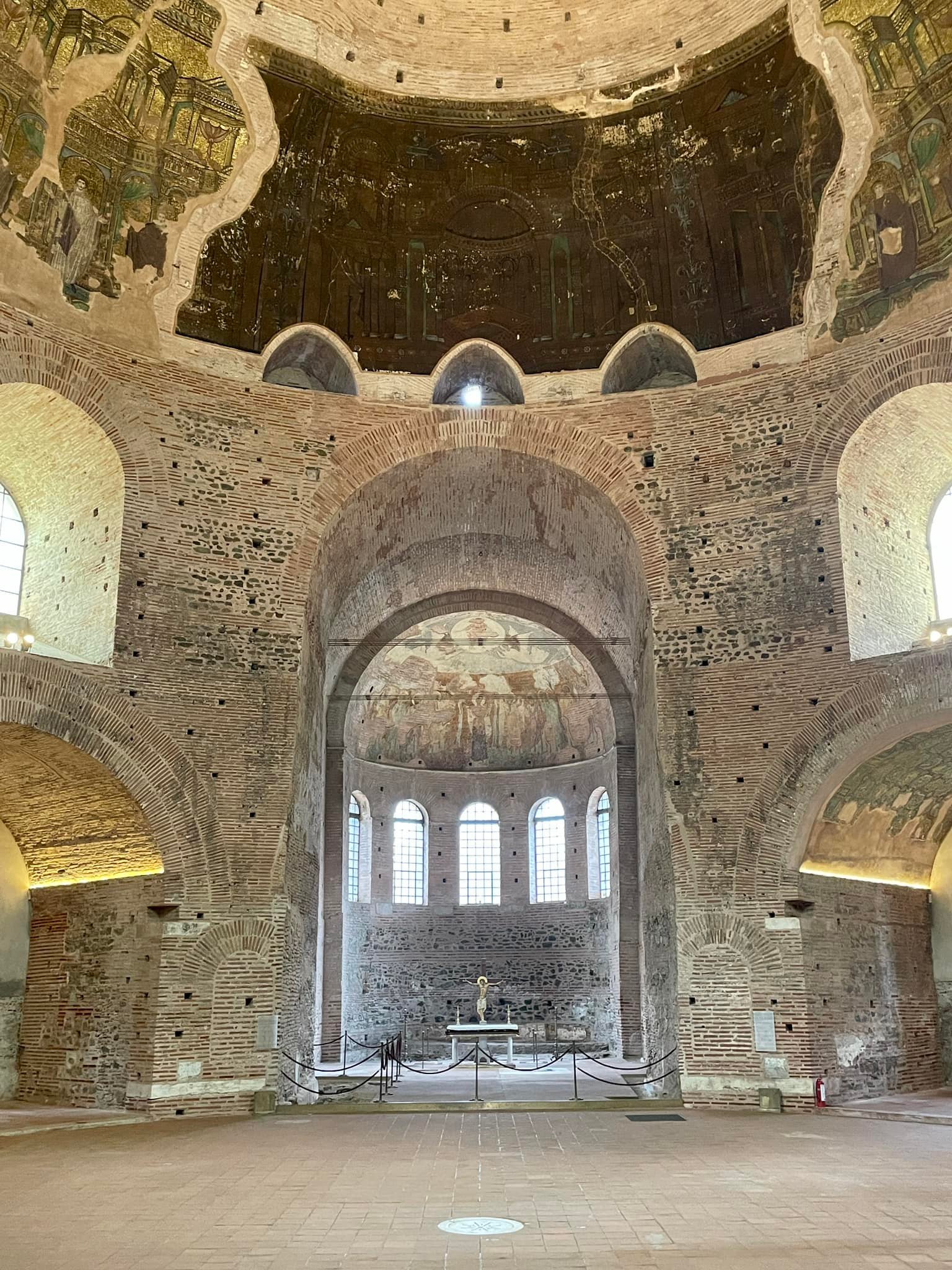
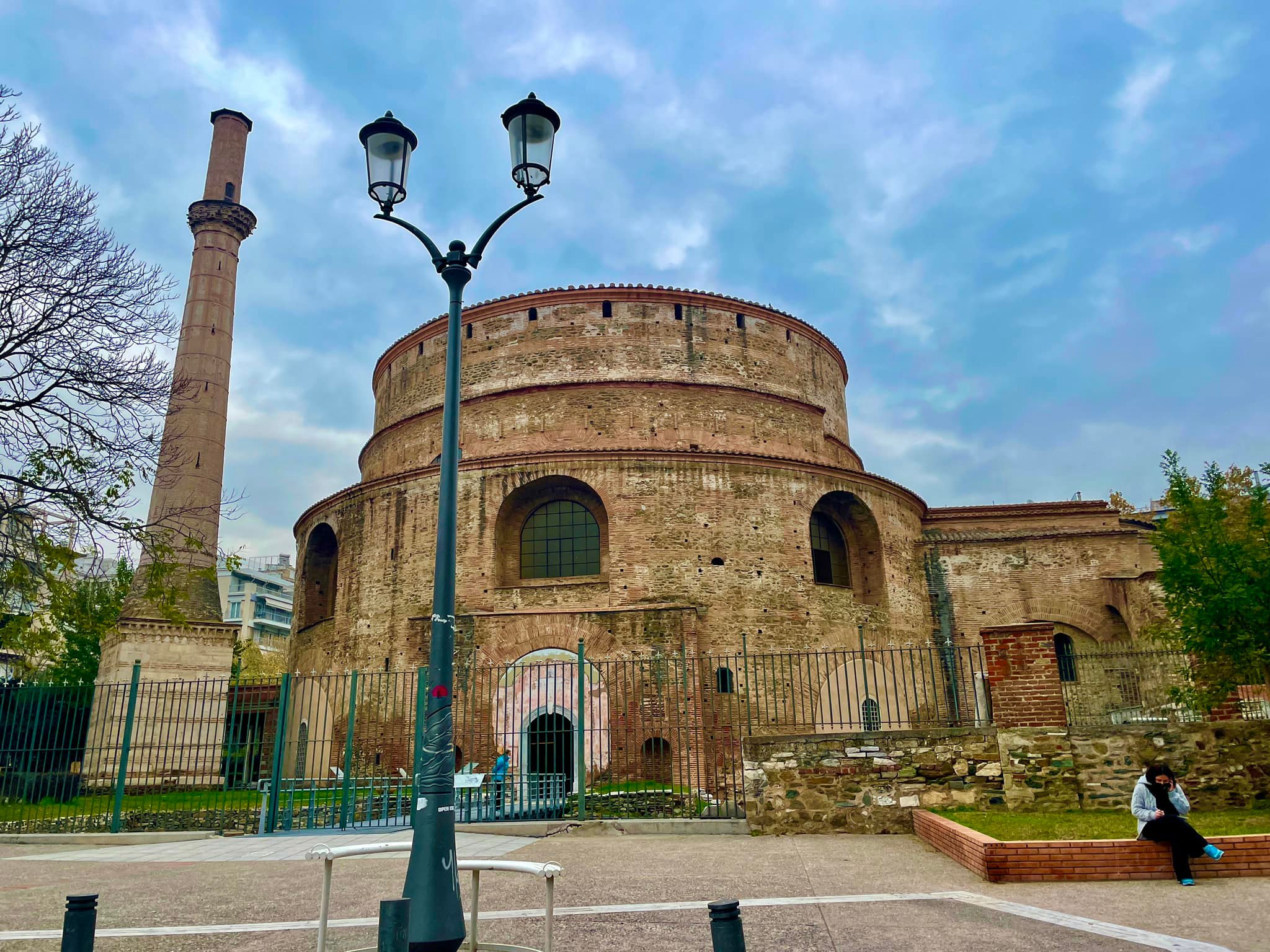
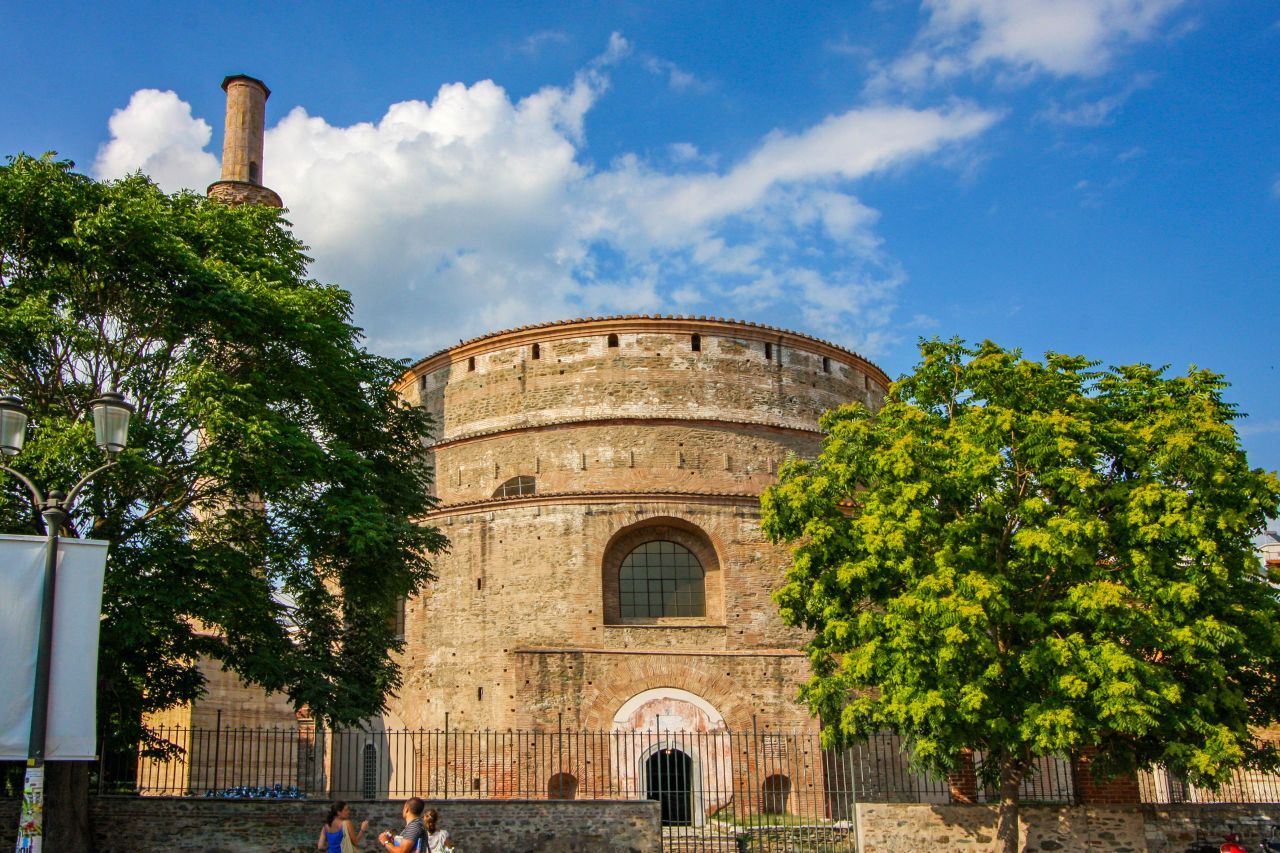

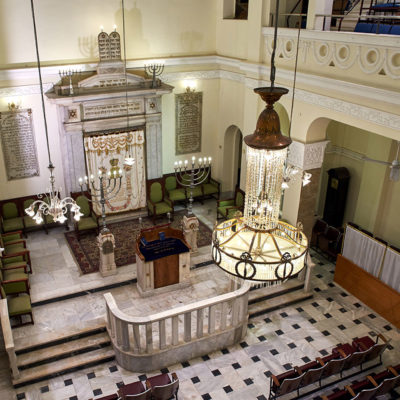
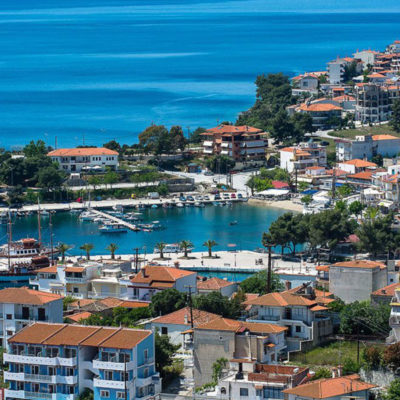

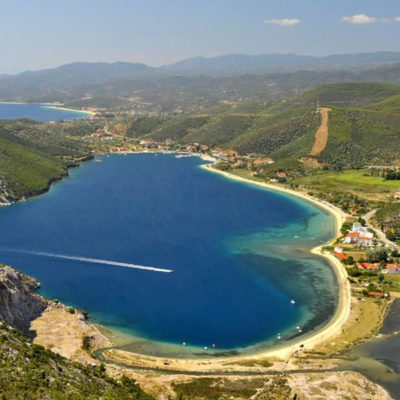
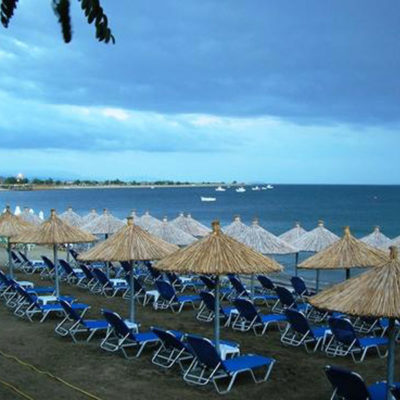
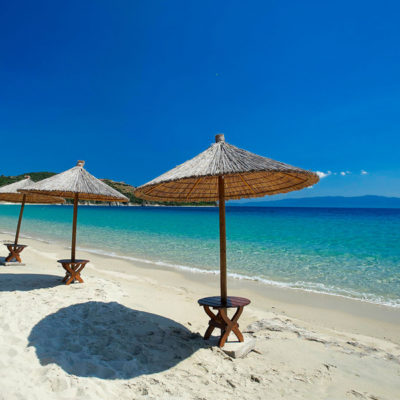
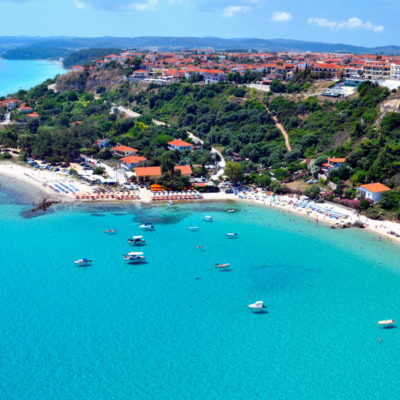






Reviews
There are no reviews yet.